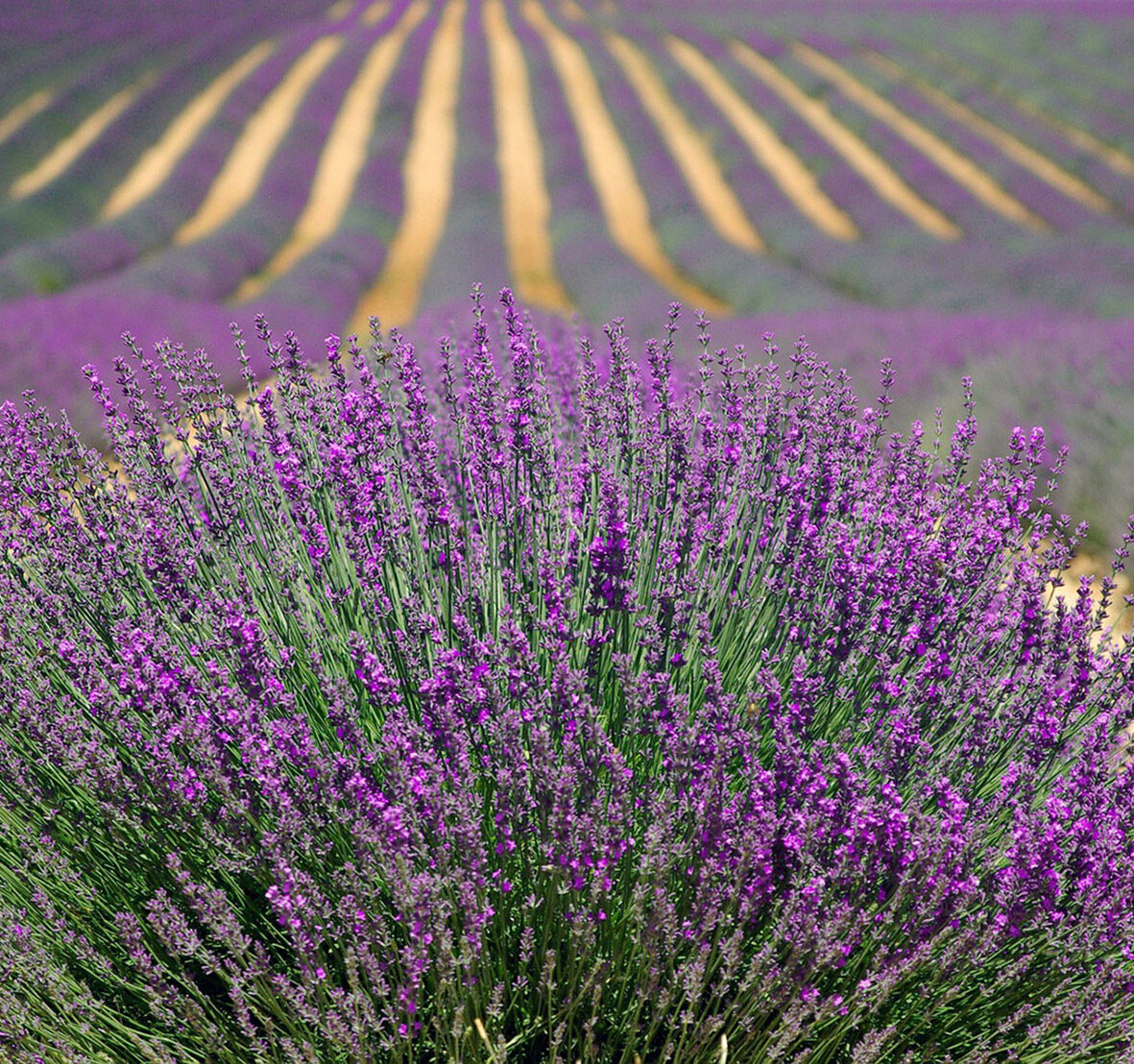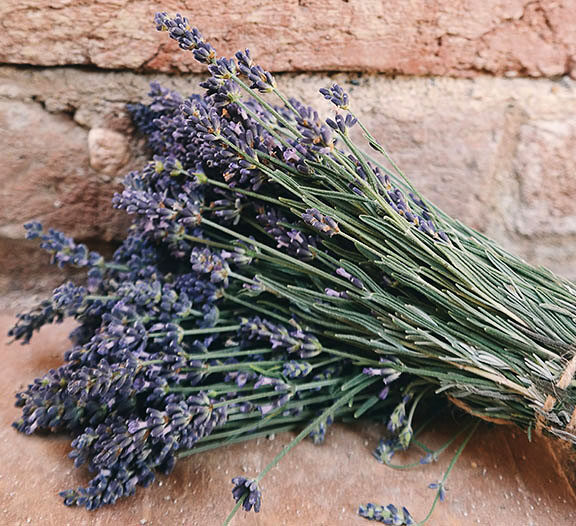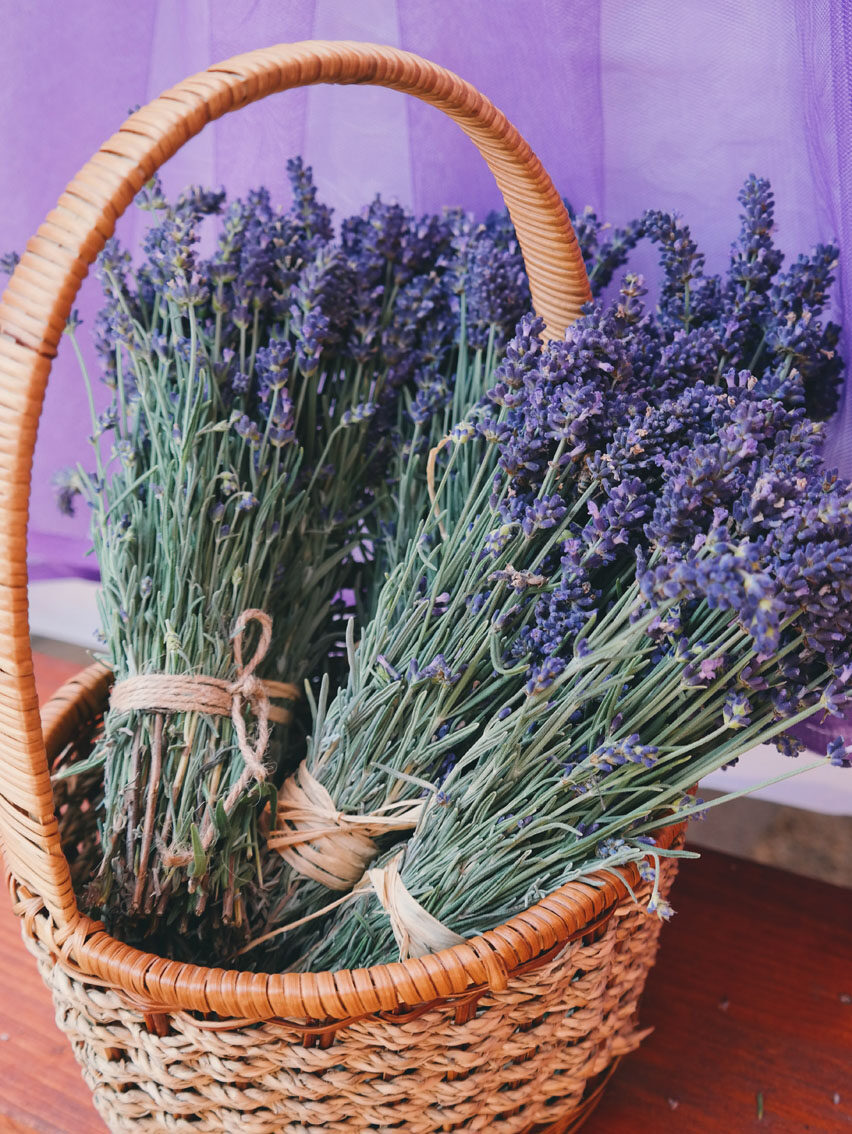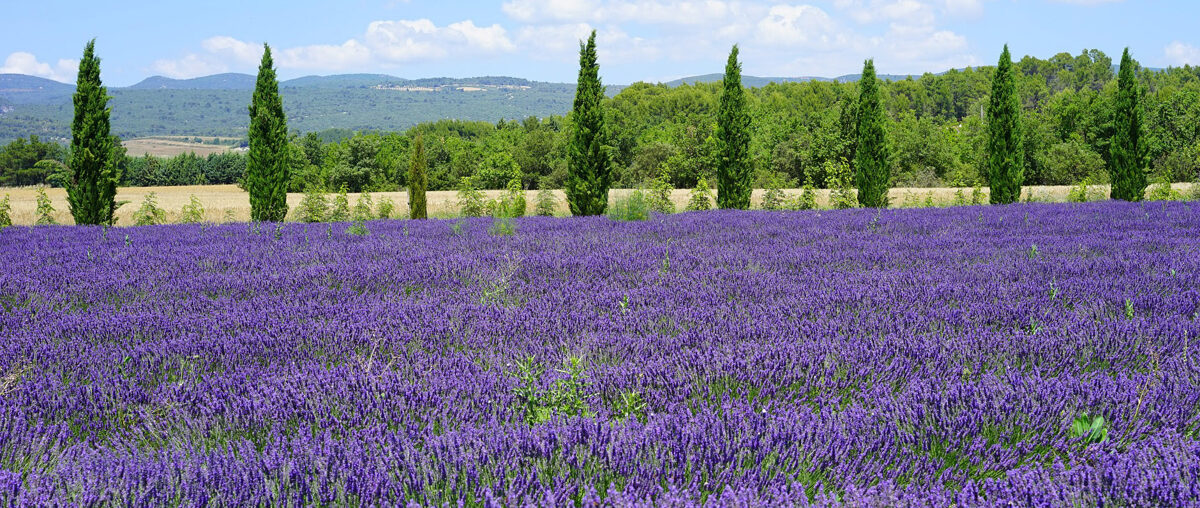In medicine, lavender was first mentioned by Pedanios Dioscorides in his Materia Medica. Later, other great physicians referred to lavender, including Abū Alī al-Husain ibn Abdullāh ibn Sīnā, called Avicenna, in his Canon Medicinae (1027).
Occurrence: Although for many France is considered the land of lavender, cultivation is now spread almost all over the world. England, Japan, Tasmania, Hungary, in the south of the Crimea, northern Italy, Spain and parts of the USA.


The uses of lavender have changed greatly over the centuries. From balsam for mummification to lavender bouquets to ward off the plague, they ranged to tinctures for burns and inflammations. With the art of distillation and perfume making, lavender was given an immovable place right up to our own time.
Today, lavender is a popular household remedy. It is used for headaches as well as insect bites, for acne and sunburn and still helps with small burns to promote rapid healing.
Lavender is also a good remedy for flu and other infectious diseases of the respiratory tract. To use it, you can make a room spray or use a fragrance lamp, or if you have your own bottle that no one else is using, you can smell it directly and "inhale" it.
Lavender in the eye pillow
Dried lavender is used for the inlays. Its scent supports and enhances the effect of the eye pillow for insomnia and problems falling asleep. You get used to this scent very quickly and hardly notice it, if at all, although it is still there and unfolds its calming, balancing effect. If the eye pillow is slightly warmed by your body heat, the scent intensifies a little more. This also happens when you lightly walk it with your hands.
There are three major varieties of lavender.
Lavedula officininalis, also known as Lavendula vera or Lavendula augustifolia, is said to have the greatest healing power. Its natural home is at altitudes from 1000 to 2000 metres. Its fragrance is fine and sweet with little camphor. It is the smallest, with a height of 60 cm.
Spiked lavender (Lavendula latifolia) is a vigorously growing shrub with a height of 80-90 cm and a large yield of essential oil. Its scent is camphor-like and herbaceous. It is this high camphor content that makes it so popular in aromatherapy for the treatment of bronchial complaints.
Lavandin (Lavendula intermedia or L. Hybrida) Its height varies from 40 cm to 1 metre. Its fragrance has a slightly camphor-like aroma. The oil yields are much higher than those of the other varieties, but with a lower ester content. It is mainly used in perfume production. Unfortunately, lavandin is also used to blend other lavender oils, i.e. to mix a more expensive lavender oil with a cheaper one.

Avoid contact with the eyes at all costs. Therefore, never use essential oils in combination with eye pillows, not even lavender essential oil.
